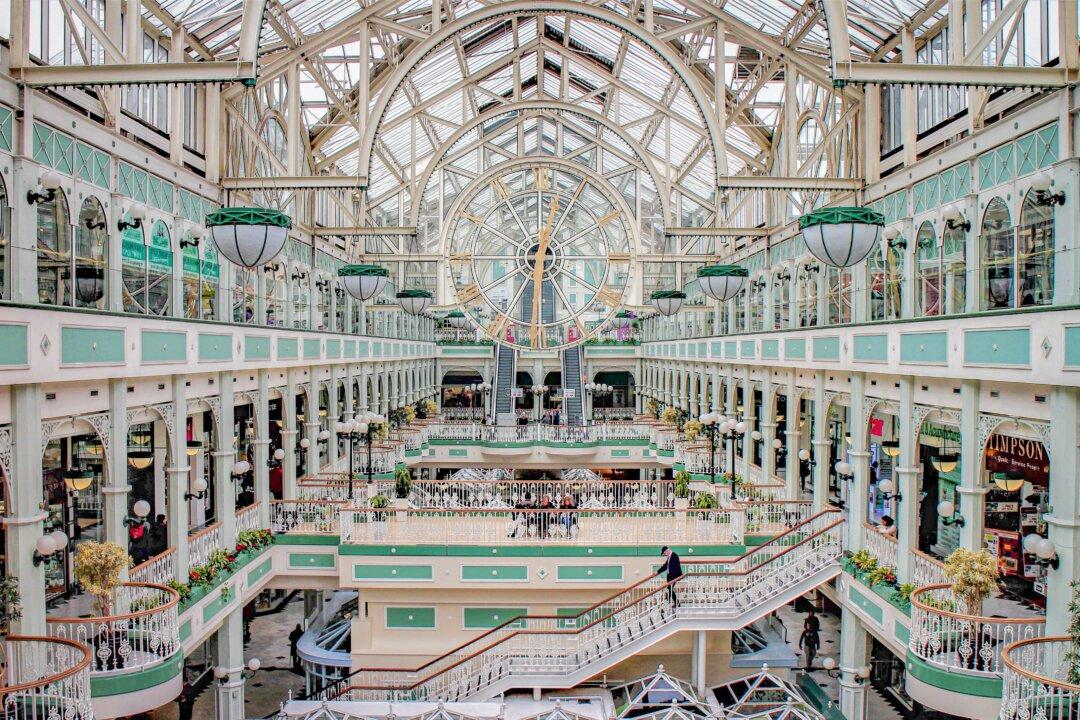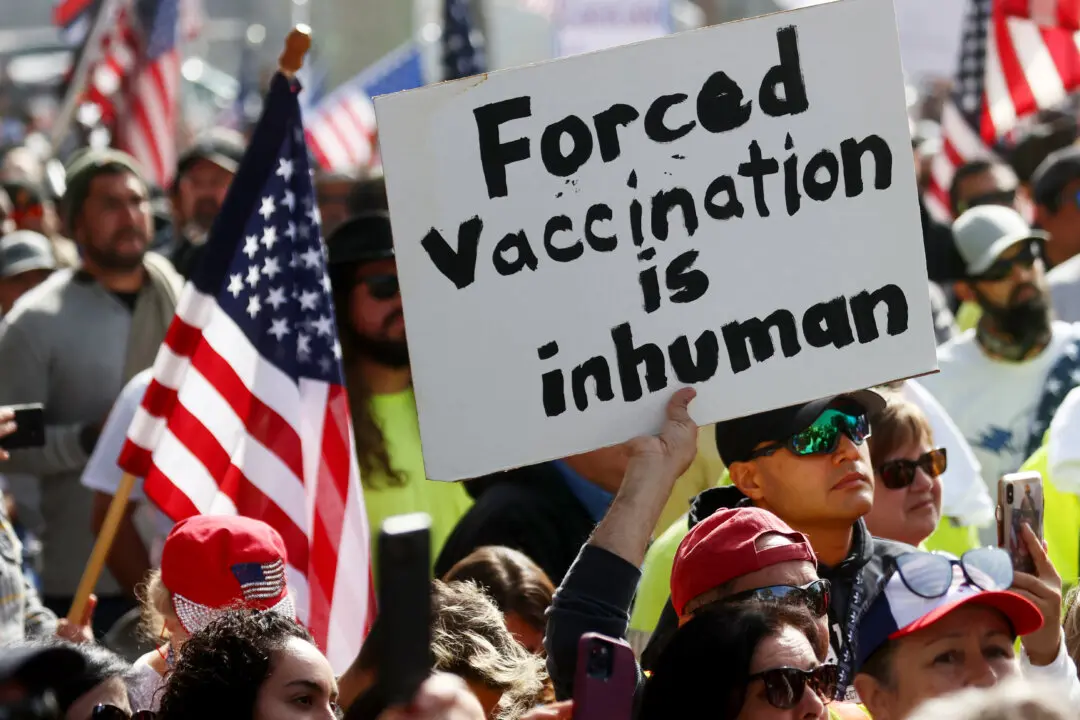Commentary
As a child of the Cold War, I grew up surrounded by ideas, experiences, and institutions that I presumed were signs of permanent progress, among which was the indoor mall. In fact, I have a distinct memory of the time when malls moved from outdoor shopping centers to become indoor commercial palaces.





